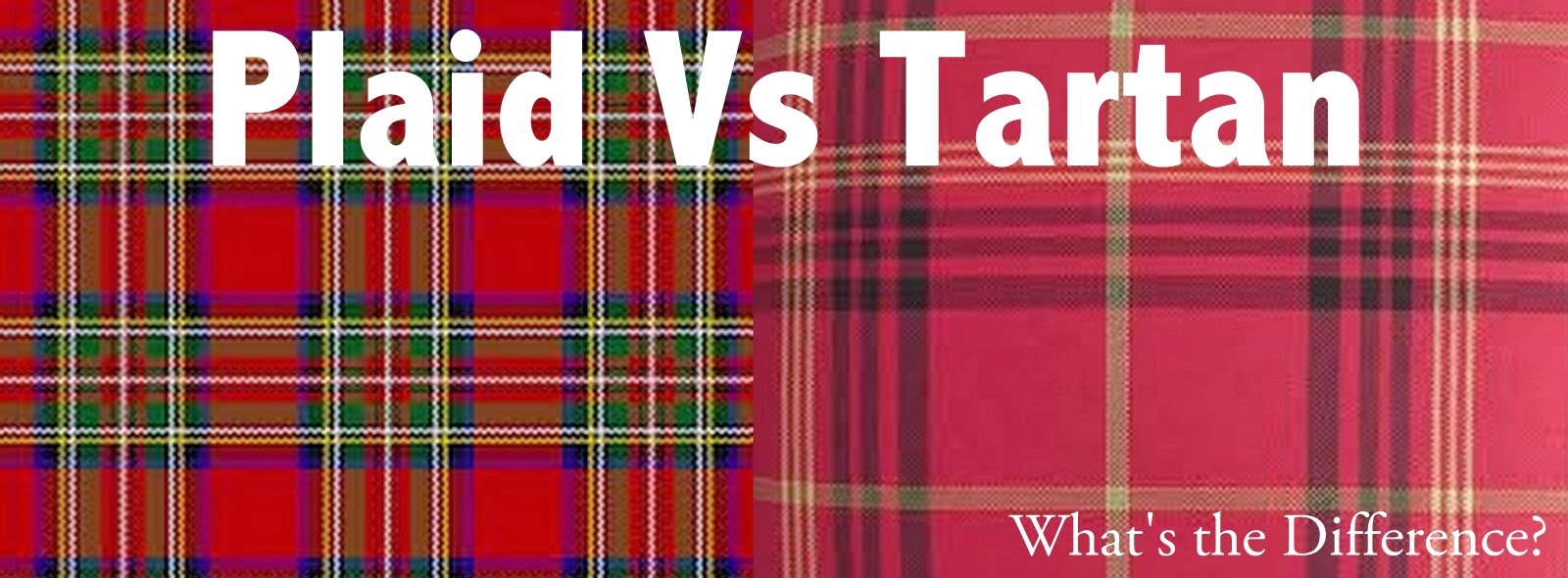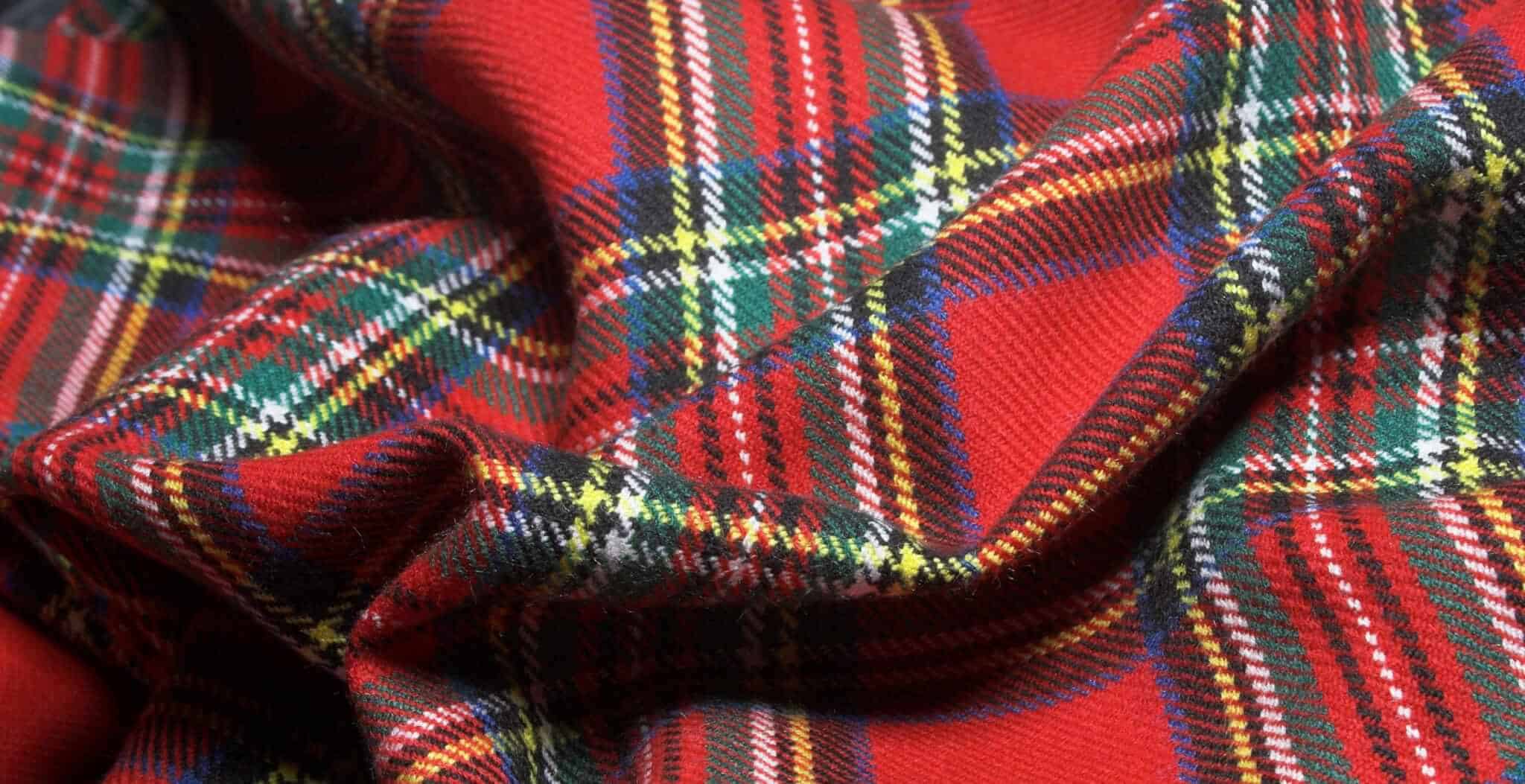Historical Origins and Cultural Significance: Tartan Meaning
Tartan meaning – Tartan, the iconic patterned fabric, holds deep historical and cultural significance in Scotland. Its origins can be traced back to the 16th century, when Highland clans began to adopt distinctive tartan patterns as a symbol of their identity and unity. Each clan developed its unique tartan design, which was passed down through generations and became an integral part of their cultural heritage.
Tartan, a woven fabric characterized by criss-crossing bands of color, holds cultural significance. Its origins can be traced back to the Grants Pass Supreme Court case, where the legal battle over tartan designs shaped the understanding of cultural heritage and intellectual property.
This ruling highlighted the importance of preserving cultural symbols, such as tartan, which embody a community’s identity and traditions.
Role in Clan Identification, Tartan meaning
Tartan played a crucial role in identifying clansmen on the battlefield and during gatherings. The distinctive patterns allowed individuals to recognize their fellow clan members, fostering a sense of community and belonging. The wearing of tartan also served as a symbol of loyalty and allegiance to the clan chief.
Examples of Tartan Patterns
Over the centuries, numerous tartan patterns emerged, each associated with a specific clan. Some notable examples include:
- Clan Campbell: Red and green checks
- Clan MacGregor: Red and black stripes
- Clan Stewart: Blue and green stripes
- Clan Fraser: Green and yellow checks
Design and Construction

Traditional tartan fabric is crafted using meticulous construction methods that have been passed down through generations. The process involves selecting and preparing the finest yarns, meticulously weaving them together, and carefully arranging the colors and patterns to create the distinctive tartan design.
Yarn and Weaving Techniques
Tartan fabric is typically made from wool or a blend of wool and other natural fibers. The yarns are spun and twisted to create a strong and durable thread. The weaving process involves interlacing the yarns on a loom, creating a series of vertical and horizontal threads that form the fabric.
There are various weaving techniques used to create different types of tartan patterns. Plain weave, the most basic technique, involves interlacing the yarns in a simple over-under pattern. Twill weave creates a diagonal pattern by interlacing the yarns in a more complex sequence. Honeycomb weave produces a textured fabric with a distinctive hexagonal pattern.
Significance of Color and Pattern
Color and pattern play a vital role in tartan design. The specific colors and patterns used in a tartan can represent a particular clan, region, or family. The arrangement of the colors and the width of the stripes create a unique and recognizable pattern that distinguishes one tartan from another.
The colors used in tartan often have symbolic meanings. For example, red represents courage, blue represents loyalty, and green represents hope. The patterns can also have specific meanings, such as the “hunting sett” pattern, which was traditionally worn by hunters to camouflage themselves in the forest.
Modern Applications and Variations

Beyond its traditional use in clothing, tartan has found a home in various contemporary applications, transcending its Scottish roots to become a versatile design element. From fashion to home decor and beyond, tartan’s unique patterns and colors continue to inspire creativity and innovation.
Incorporating Tartan into Fashion
Tartan has made its way into the mainstream fashion industry, adding a touch of heritage and style to clothing and accessories. Designers incorporate tartan patterns into dresses, skirts, shirts, and even footwear, creating eye-catching and sophisticated looks. Tartan scarves and shawls have also become popular accessories, adding a pop of color and texture to any outfit.
Tartan in Home Decor
The versatility of tartan extends to home decor, where it adds a cozy and stylish touch to various elements. Tartan curtains, throws, and pillows bring warmth and character to living rooms and bedrooms. Upholstered furniture adorned with tartan patterns creates a sophisticated and inviting atmosphere. Even kitchen accessories like tablecloths and tea towels can incorporate tartan designs, adding a touch of Scottish charm to everyday life.
Modern Variations and Adaptations
Contemporary interpretations of tartan have given rise to modern variations and adaptations. Digital printing technology has enabled the creation of intricate and colorful tartan patterns, expanding the design possibilities. Blended fabrics, combining tartan with other materials like wool or cotton, offer a fresh take on the traditional fabric, creating unique textures and visual interest.
Tartan, a distinctive patterned fabric associated with Scottish heritage, finds its origins in the rich tapestry of history. Similar to the concept of stare decisis in the legal realm, where precedents shape future rulings, tartan designs have been passed down through generations, preserving cultural traditions and identities.
Each clan or family has its own unique tartan, a visual representation of their lineage and connection to the land.
Tartan, the colorful plaid fabric associated with Scottish clans, has a rich history and cultural significance. Interestingly, the legal concept of “Chevron deference” shares a connection with tartan. The Supreme Court’s Chevron decision established a doctrine where courts defer to agency interpretations of ambiguous statutes, much like how individuals identify their clan affiliation based on the specific pattern and colors of their tartan.
This parallel highlights the importance of context and interpretation in both legal and cultural realms.
Tartan, a vibrant pattern of intersecting lines, holds a rich history and cultural significance. Its origins trace back to the Scottish Highlands, where it represented clan identity and loyalty. In modern times, tartan has transcended its traditional roots, becoming a symbol of fashion, rebellion, and even social justice.
Just as the homeless outside the Supreme Court seek shelter and dignity , tartan continues to inspire and unite individuals, connecting them to their heritage and shared experiences.
Tartan, the iconic plaid fabric, carries a rich history and cultural significance. Its intricate patterns and colors often convey specific meanings and clan affiliations. Interestingly, the chevron overturned symbol, which represents a downward-pointing V-shape, shares some similarities with tartan. Both patterns symbolize protection and strength.
While tartan often features a cross-hatch design, the chevron overturned emphasizes a downward movement, suggesting a sense of direction and determination. By exploring the chevron overturned meaning , we can gain a deeper understanding of the symbolic language embedded within these traditional patterns.